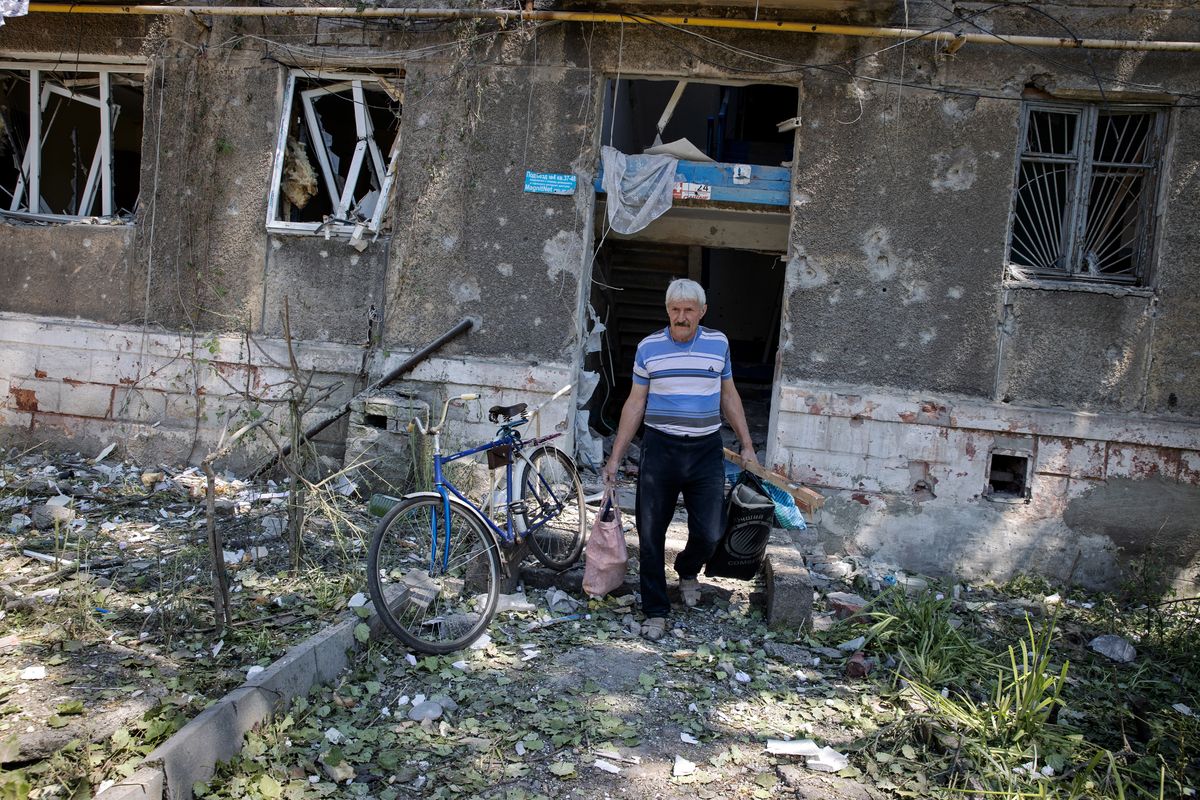As Ukrainian attacks surge, U.S. officials see signs of counteroffensive

KYIV, Ukraine – Ukrainian forces have stepped up artillery strikes and ground assaults in a flurry of military activity that U.S. officials suggested Monday could signal that Ukraine’s long-planned counteroffensive against Russia had begun.
The fighting, which began Sunday, was raging along several points on the front line, but farther to the east of where many analysts had expected Ukraine’s counteroffensive to launch. Even if it has started in that eastern area, experts said, the battle would allow Ukraine’s troops to try to accomplish the same goal: Head south toward the Sea of Azov and cut off the land bridge connecting occupied Crimea to mainland Russia.
On Tuesday morning, Ukrainian authorities said that Russia’s military had blown up a major dam on the Dnieper River, sending torrents of water downstream and potentially imperiling population centers and the Zaporizhzhia Nuclear Power Plant, which draws cooling water from the dam’s reservoir.
Images confirmed the damage, but it was unclear who was responsible.
Ukrainian authorities said that flooding had already begun. The Ministry of Interior said officials in 10 towns and villages and in the city of Kherson had been ordered to prepare to evacuate residents.
President Volodymyr Zelenskyy called an emergency meeting of Ukraine’s National Security and Defense Council, the council’s secretary, Oleksiy Danilov, said in a post on Twitter. Zelenskyy condemned the damage to the dam as an act of terrorism and said it was further evidence that Russia needed to be “expelled” from all Ukrainian lands.
“Only the victory of Ukraine will restore security,” he said in a statement. “The terrorists will not be able to stop Ukraine with water, missiles or anything else.”
Zelenskyy had warned last year that Russia was preparing a “false flag” operation to blow up the hydroelectric dam in the south of the country in a bid to frame Ukraine for the humanitarian and ecological disaster that could ensue.
The dam blast came after the Russian Ministry of Defense said Monday that a major Ukrainian operation had begun at five locations in the eastern Donetsk region and that it had repelled the assaults and inflicted casualties on Ukrainian forces. Moscow’s account could not be independently corroborated.
Ukraine’s deputy minister of defense, Hanna Malyar, said on Telegram that Ukraine’s forces in some areas were “moving to offensive actions.” But she stopped short of saying it was a decisive new phase in the war.
This article originally appeared in The New York Times.